Teacher-Driven vs. Student-Driven Classrooms In many classrooms, the traditional setting tends to rely on a teacher-centered approach, where educators control the flow of information, and students passively receive knowledge. Although this can ensure that content is covered, it often limits student engagement, critical thinking, and autonomy. In contrast, student-driven classrooms actively involve learners in shaping…
Essential Tools for Educators to Enhance Language and Learning for ELLs
Addressing the Needs of the Growing Population of ELLs in Today’s Classrooms As classrooms across the country continue to welcome a rising number of English Language Learners (ELLs), teachers face the challenge of ensuring that all students receive equitable learning opportunities. ELL students are not only tasked with learning academic content, but must also simultaneously…
The Power of Formative Assessment and Data-Driven Instruction
Using Data to Drive Instruction: The Key to Reaching Every Student What if you could unlock the potential of every student in your classroom by using the right data at the right time? In today’s diverse classrooms, one of the biggest challenges educators face is effectively collecting and analyzing data to make informed decisions about…
Empowering Schools Through Culturally Responsive Education
Underrepresentation and Lack of Opportunity in Schools In classrooms across the country, many students from diverse cultural backgrounds face barriers in accessing equitable education. Underrepresentation in curriculum, teaching staff, and leadership, combined with limited opportunities for meaningful engagement, creates a gap between students’ potential and their educational outcomes. This lack of access to culturally responsive…
Instructional Planning for a Successful School Year
The Challenge of Aligning Diverse Student Needs with a Standardized Curriculum Instructional planning for the school year can sometimes present a challenge, especially when trying to align diverse student needs with a standardized curriculum. In any given classroom, students bring with them a wide array of abilities, learning styles, and interests. Some students might be…

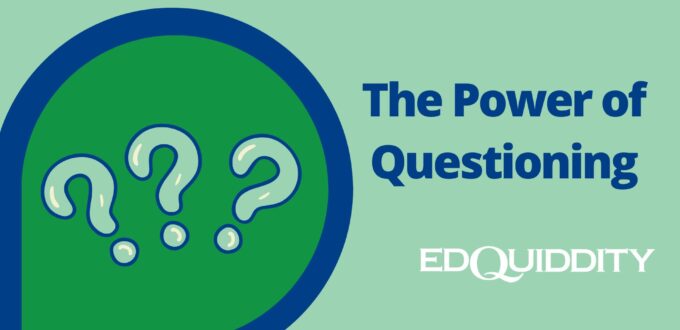
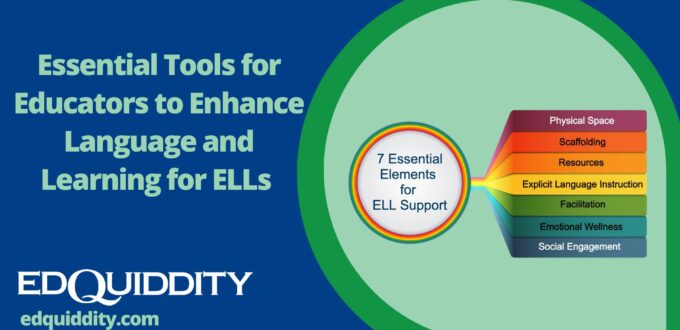
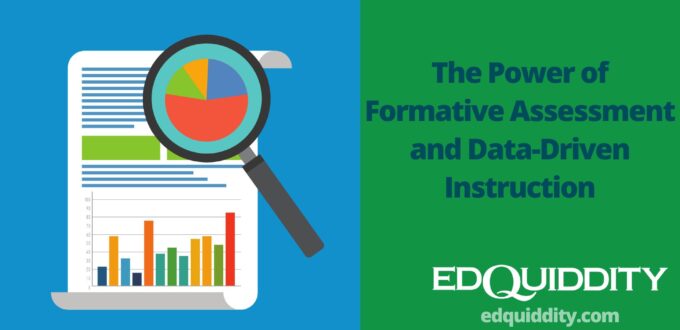
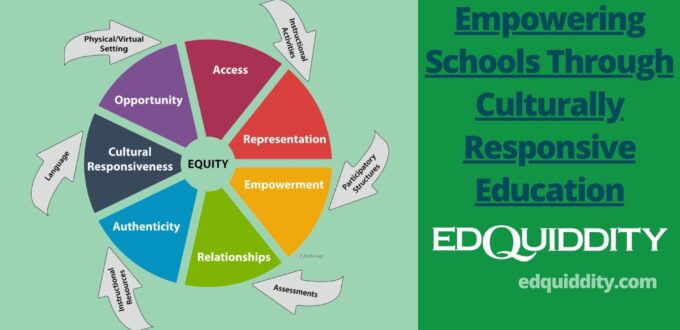
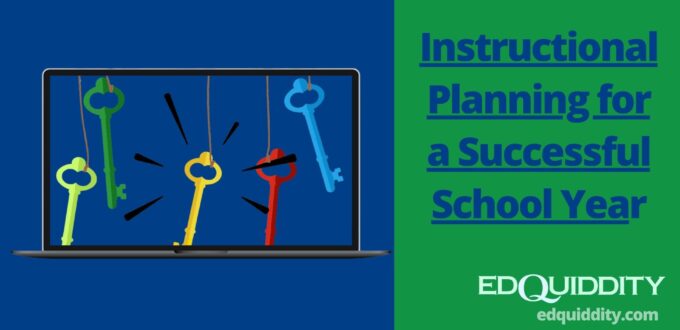
 In this course, participants will leverage choice and technology to provide students with the ultimate differentiated learning environment. They will develop differentiated digital activity lists rooted in rigorous instruction that offer multiple ways to learn and apply content. Participants will explore autonomy, purpose, and mastery as motivators in all learning environments. They will design differentiated activity lists to put students in charge of their own learning, creating a structure that allows students to make decisions within a structured framework. Making informed decisions is an essential life skill that teachers can support with intentional classroom practices.
In this course, participants will leverage choice and technology to provide students with the ultimate differentiated learning environment. They will develop differentiated digital activity lists rooted in rigorous instruction that offer multiple ways to learn and apply content. Participants will explore autonomy, purpose, and mastery as motivators in all learning environments. They will design differentiated activity lists to put students in charge of their own learning, creating a structure that allows students to make decisions within a structured framework. Making informed decisions is an essential life skill that teachers can support with intentional classroom practices. Participants in this course will use Reinventing the Classroom Experience by Dr. Nancy Sulla as a resource. The assigned book must be
Participants in this course will use Reinventing the Classroom Experience by Dr. Nancy Sulla as a resource. The assigned book must be